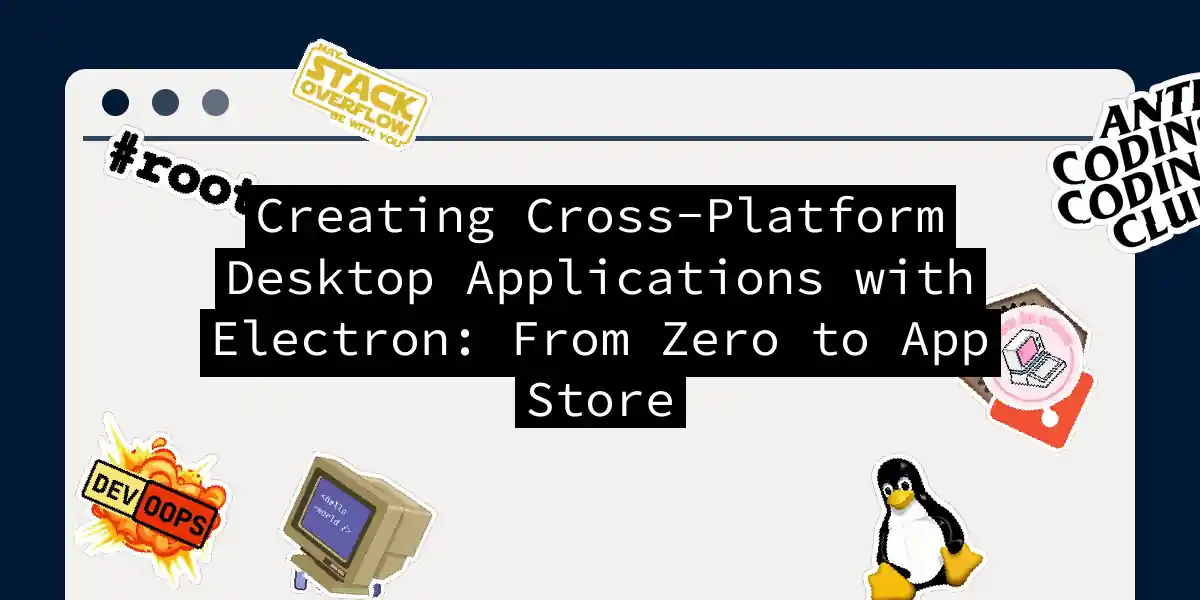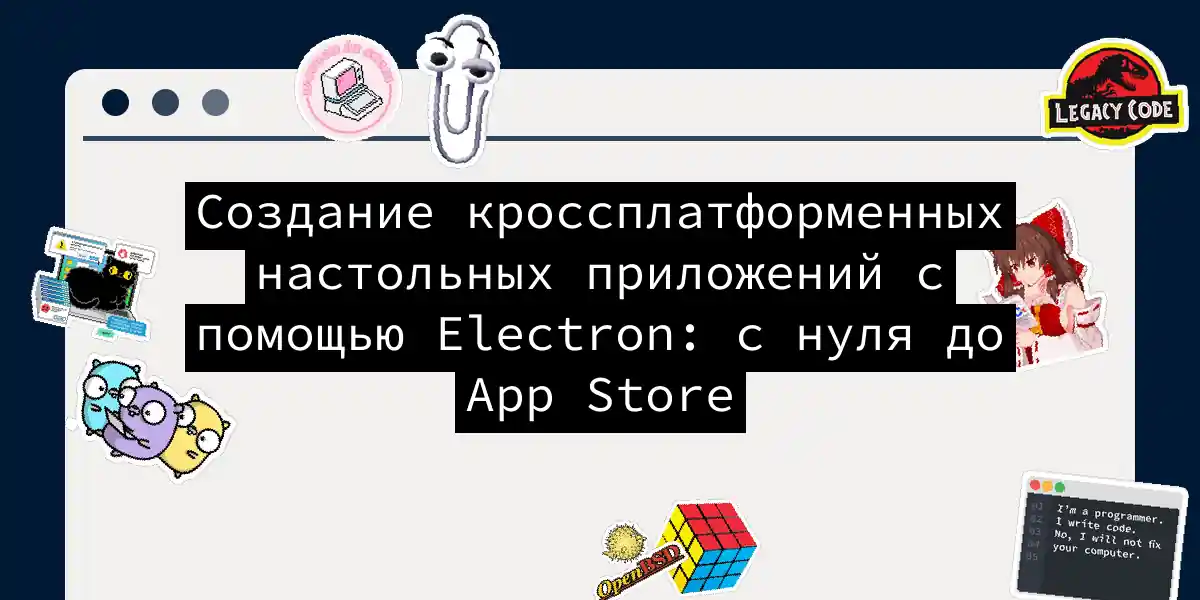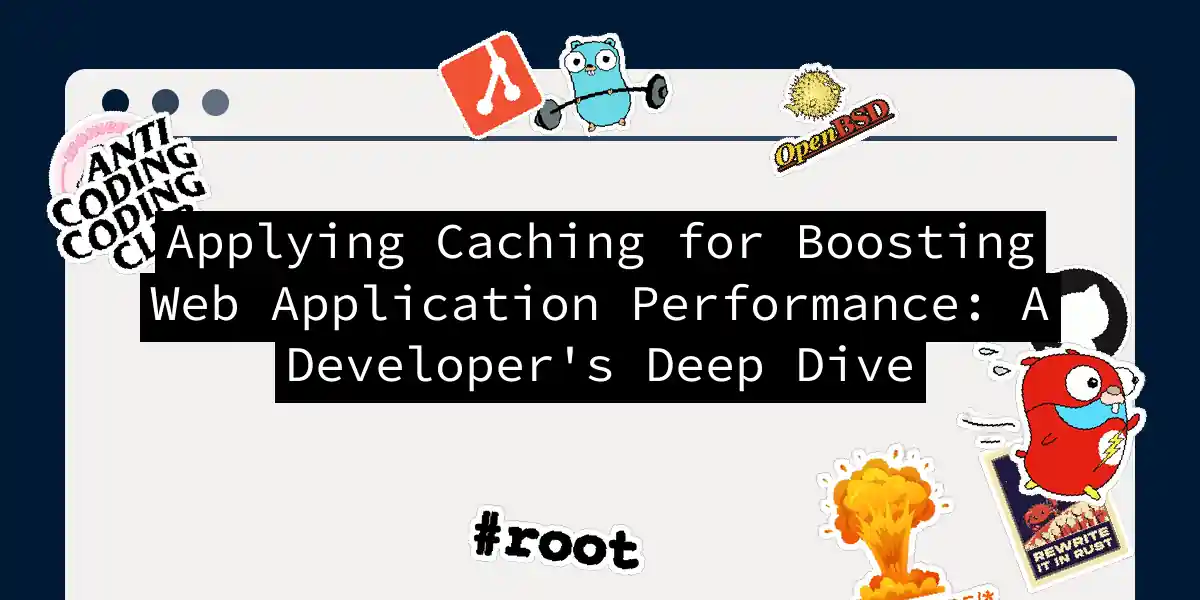
Почему ваш любимый язык программирования отстой (И почему это нормально)
Позвольте мне быть откровенным с вами: ваш любимый язык программирования ужасен. Как и мой. Как и у всех остальных. И знаете что? Это совершенно нормально. Мы живём в эпоху, когда разработчики относятся к языкам программирования так же, как спортивные фанаты относятся к своим командам. «Python — для учёных данных», — заявляет кто-то. «JavaScript портит мозг», — бурчит программист на C++. «Go — будущее», — настаивает инженер DevOps. Тем временем все эти языки просто выполняют свою работу, не подозревая, что у каждого из них есть преданные сторонники и критики....



